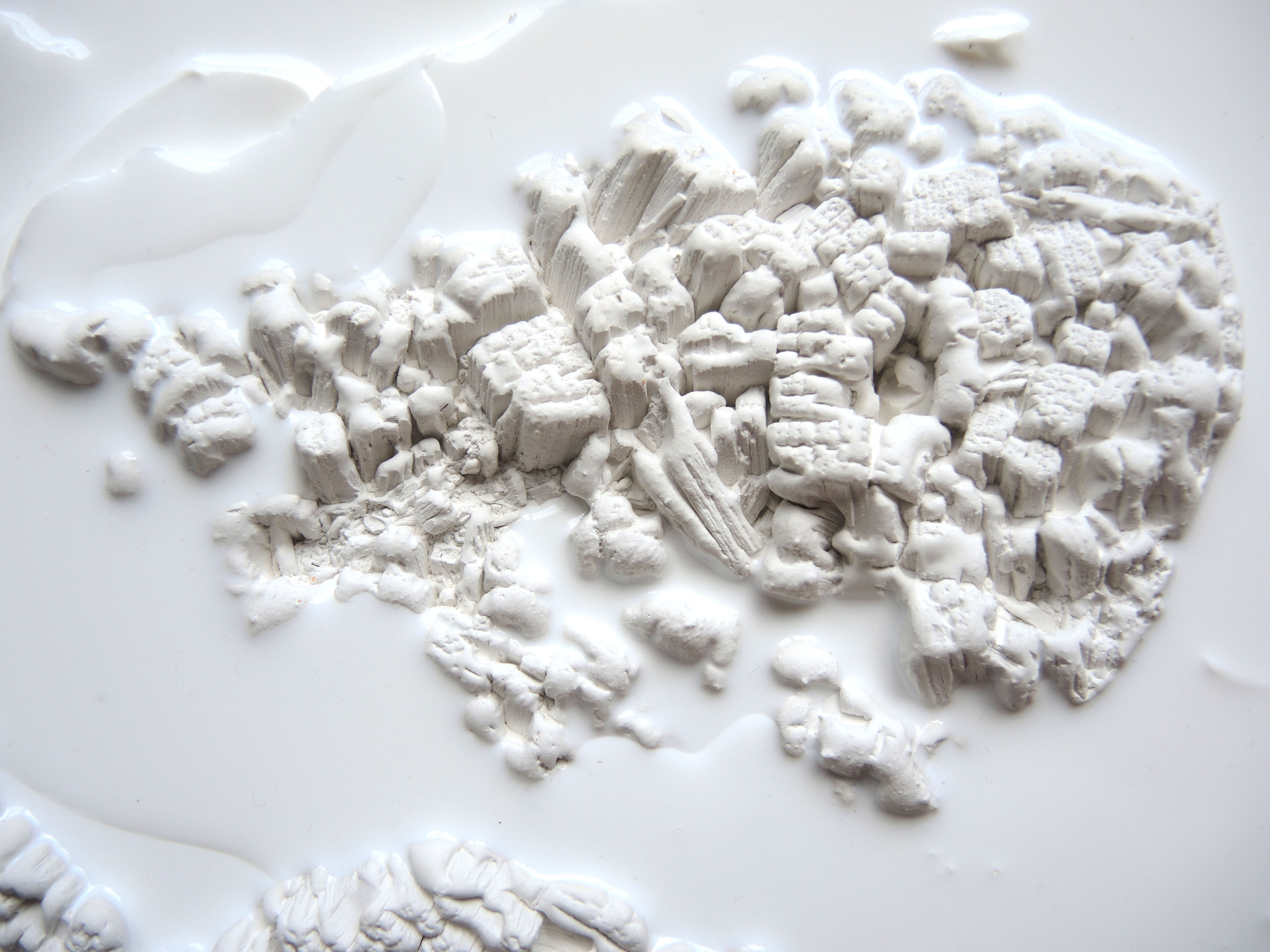Silent language of Lilia Bakanova's art

Everything that disappears leaves a trace. But what remains when everything has disappeared?
Jean Baudrillard
Lilia Bakanova came into contemporary art scene after career in an unrelated field. Her story as an artist takes back to the very personal and dramatic moment when her grandmother died, and Lilia lacked this contact with elderly people. The artist volunteered at nursery homes where she started making sketches while interviewing the patients. Later on, this work has transformed into her artistic practice.

Lilia’s works focuse on death of an object, memory and traces of past life. In this regard, her work is close to texts of Jean Baudrillard. Lilia Bakanova investigates the subtle moment of transition from life to death, or disappearing. Disappearance by Baudrillard is inherent as a measure of life since everything is undergoing this decay process.
This issue is best illustrated by the series Metamorphs. Lilia’s research if often based on natural objects that are seen as eternal but in reality are dying and transforming into something else. Here the artists makes casts from decayed wood cuts that reveal wooden structure, crackles and texture. Alternatively, in her mirror series Lilia revives petals from trees destroyed by bark beetle.
The new objects created by the artist are familiar to us as universal natural forms. However, we are still unsure which texture is it: mineral, mold, marine life or archeological surface of the past. Exhibited as numerous objects, this mass becomes an alphabet of nature, an array of symbols marking our memories.
The theme of memory is narrated by another project — installation Sometime that was exhibited by Polytechnical museum in 2021 and was based on postcards from Lilia’s family archive, which reminds of post-minimalist installations of Hanne Darboven. The background is represented by phototransfer of 300 identical postcards from 1980-s left by the artist’s grandfather. He was a radio fan, and planned to retire and devote himself to amateur radio. The postcards had to be sent in order to confirm radio contact. He died very soon after his retirement, so the postcards were left intact as a metaphor of his dream.

The installation includes a radio, a table and a lamp from the museum’s collection as well as a handmade storage for radio details made from match boxes (similar to those used during Soviet times). In this work the artist unites collective and personal memory — the postcards and amateur radio could have been found anywhere in a standardized Soviet world. The artistic method reminds of Christian Boltanski who also worked with collective and individual memory related to holocaust.
Lilia’s stunning artistic language is very nuanced and delicate, and at the same time is a result of deep reflection. Aesthetically her art represents detached and mysterious Northern nature. Ethically she is dealing with historical drama of the Soviet era. Both of these contexts are roots of her thoughtful work with disappearance, death and revival — frozen land, cold air brought by the spririts and smell of the Soviet past.
Alina Chichikova
Curator, art critic
Co-founder of fābula gallery
